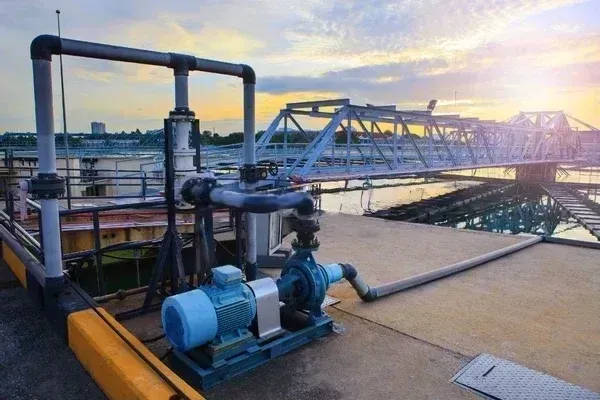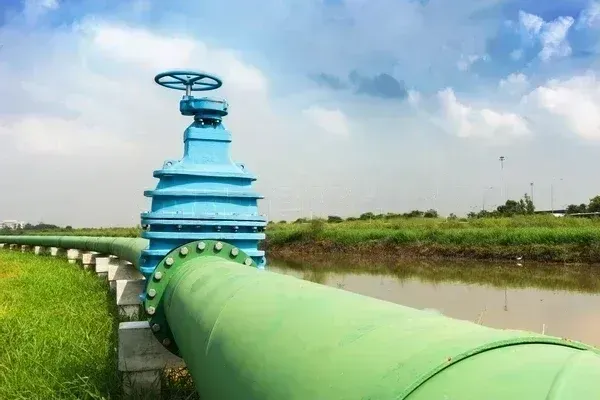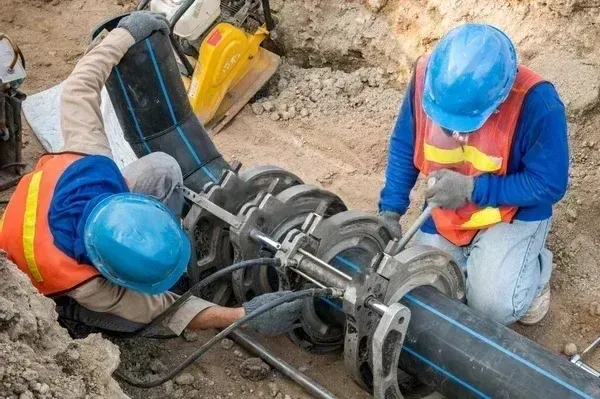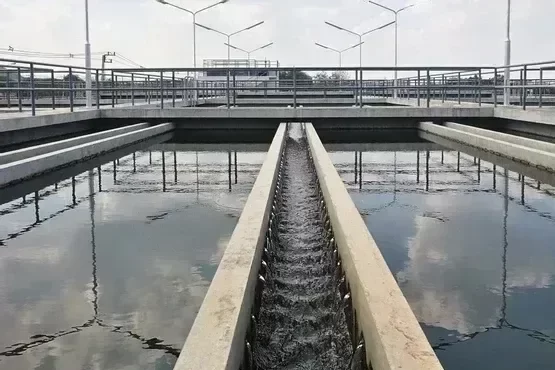Water Supply Channels
The layout of the water distribution system in buildings should be such that the pressures at the outlets for both supplies should be nearly equal at each plumbing fixture that requires both warm and cold water. When mixing valves are installed, it is especially desirable to prevent the higher-pressure supply from entering the lower-pressure supply when the valves are opened to mix hot and cold water. Despite differences in pipe lengths and sudden high demands for water from each supply, the sizes and types of pipes should be chosen to balance pressure head loss caused by friction in the hot-water and cool-water pipes.
Domestic water piping should not be installed in a location where temperatures drop below freezing. In regions with cold climates, piping should be installed on the building side of the wall insulation when it is installed in exterior walls.
Although the establishment of high and low wall-mounted grilles in the pit, which permit warm air to pass through from the structure, will generally keep the temperature in the pit from dropping below the point where water in the funneling will freeze, the installation of funneling in outside depression walls or chases may require heat following their introduction. To ensure proper installation, designers should thoroughly investigate the local climatic conditions and building techniques. Designers should also specify freeze-proof hydrants (hose bibs) for exterior applications.





